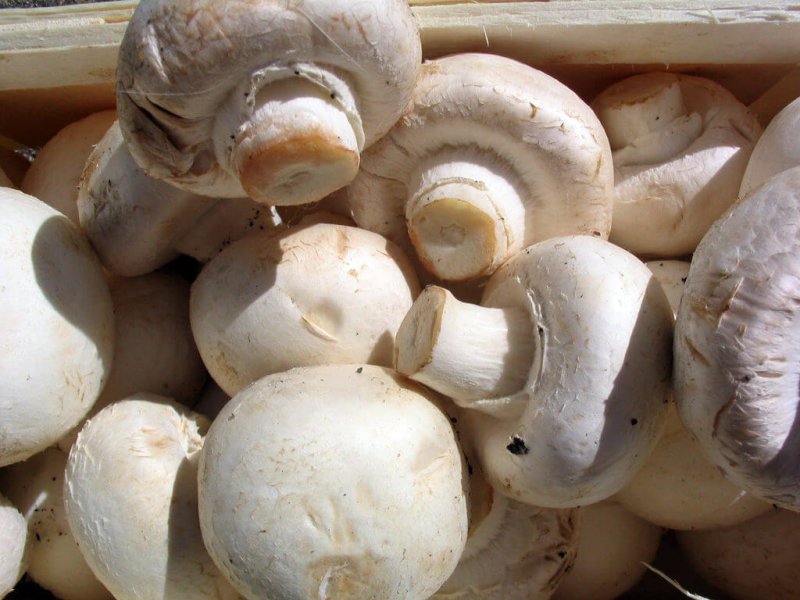In September, the U.S. Department of Agriculture gave the green light to a version of the plant Camelina sativa, an important oilseed crop that had been genetically engineered using CRISPR to produce enhanced omega-3 oil. What was interesting about this approval was that the USDA did not ask that the inventors of the plant endure the usual regulatory hoops required to sell biotech crops. The next month, a drought-tolerant soybean variety developed with CRISPR also got a quick pass from the USDA.
That’s because while those crops were certainly gene-edited, they were not genetically “modified,” according to USDA regulations. While scientists used CRISPR to snip and tweak the plant’s DNA, they did not add any foreign DNA to it. This, the USDA has now repeatedly found, means those CRISPR-edited plants fall outside of regulatory purview.
…
“It eliminates that huge barrier to entry for agbiotech companies,” [Oliver Peoples, CEO of Yield10 Bioscience, which developed the camelina] told Nature. Had the company been forced to endure the usual USDA regulator process, he said, it would have taken at least six years and $30 million to $50 million to test and collect the data required to bring the crop to market.
Instead, he said, “We did this in two years and [the USDA’s decision] took two months, and I assure you we didn’t spend $30 million on it.”
Read full, original post: Why CRISPR-Edited Food May Be in Supermarkets Sooner Than You Think































